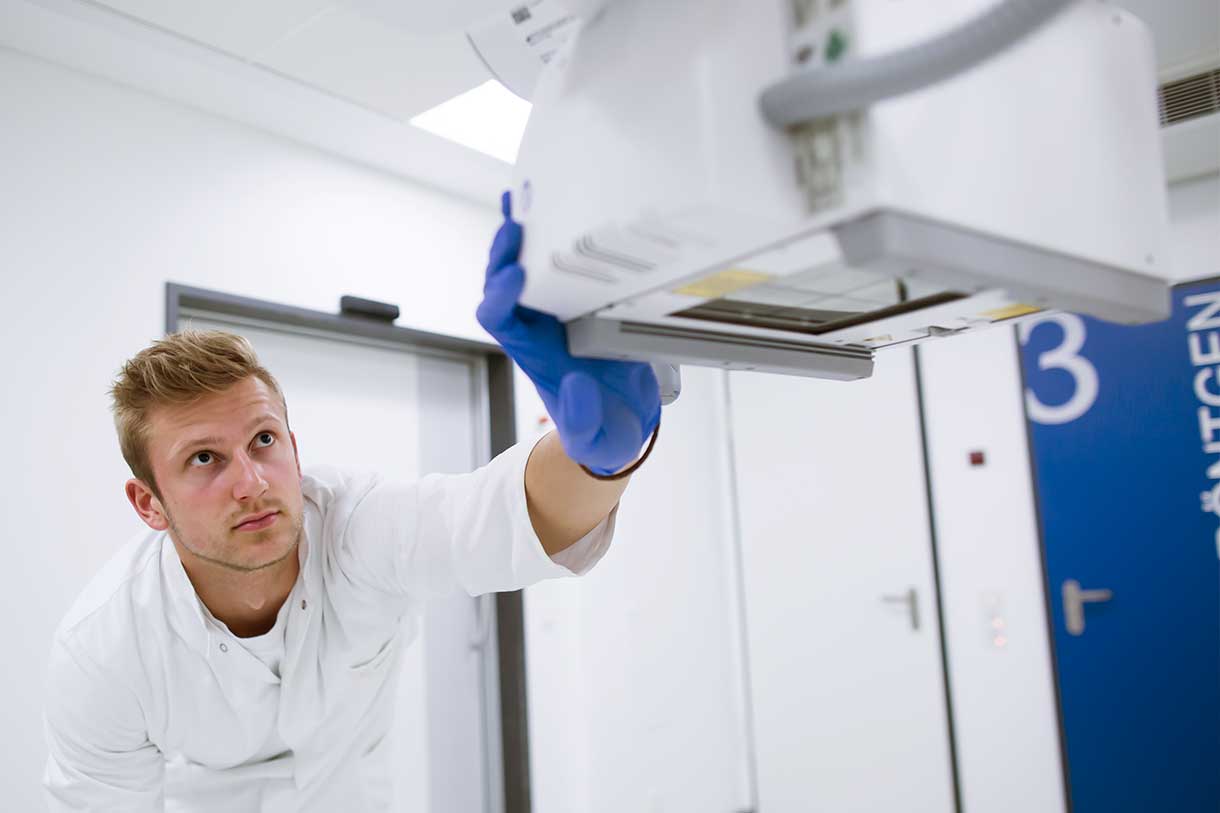Inhaltsverzeichnis | Sommaire
Definition of CIRS
CIRS stands for Critical Incident Reporting System and is an anonymous reporting system for safety-related incidents in the healthcare sector. It enables all those involved to report undesirable events, errors and safety gaps without fear of consequences. The aim is to learn from these experiences, identify problem areas, define optimization measures, minimize risks and thus continuously improve patient safety.
Why is CIRS necessary in the Swiss healthcare system?
The introduction of CIRS in the healthcare sector is an important and indispensable step towards improving patient safety.
There are several reasons why CIRS is so important:
- Promoting an open and positive error culture: The anonymous reporting of errors and near misses creates an open and positive error culture in the healthcare system. This makes it possible to address problems openly and proactively and to look for solutions together.
- Learning from errors: Valuable insights can be gained from analyzing CIRS reports, which contribute to the improvement of processes and systems in the healthcare sector.
- Prevention of future events: By identifying risk factors and implementing preventive measures, future critical incidents, adverse events and near misses can be prevented.
- Increasing patient safety: All these factors ultimately contribute to increasing patient safety and improving the quality of treatment.
Who can submit CIRS reports?
All professional groups working in the Swiss healthcare system can benefit from a reporting system and submit CIRS reports.
The report is anonymous and there are no negative consequences for the reporter (no-blame policy).
How can I submit a CIRS report?
CIRS case reports can be submitted either via a central, digital and anonymized system or via a paper-based collection of adverse events.
Regardless of the chosen reporting channel, all CIRS reports go through the following process:
- Anonymization: The report is anonymized in such a way that no conclusions can be drawn about the reporter, the patient or the persons involved.
- Classification: The report is classified according to severity and type of event.
- Analysis: Experts analyze the message to identify the causes of the event.
- Forwarding to the national network: CIRS reports can also be optionally sent from the local CIRS reporting system to the national CIRRNET network. CIRRNET differs from most CIRS networks in that it identifies nationally relevant problem areas, develops recommendations for improvement together with experts and sends them to the national network in the form of Quick-Alerts® are published by Patient Safety Switzerland.
- Recommendations: Recommendations are developed to avoid similar events in the future.
- Publication: The findings from the reports are published in reports that are available to all employees via public case lists. Employees have the opportunity to comment on the cases and can thus actively contribute to improvement measures.
Advantages of an electronic CIRS reporting system
Manual processing of CIRS reports can be time-consuming, error-prone and inefficient. Electronic reporting systems offer a number of advantages that can optimize the process and improve patient safety:
- Efficiency: The reporting of events and the analysis of data are optimized by automated processes.
- Transparency: All those involved have access to the current status of the reports, the findings and the defined measures at all times.
- Security: The data is protected by high security standards.
- Completeness: Electronic systems ensure that all relevant information is recorded and documented.
- Traceability: The entire reporting process is fully traceable.
- User-friendliness: The modern reporting software is easy to use and requires no prior technical knowledge.
- Time savings: By automating tasks, employees save time that they can use for more important activities.
- Cross-organizational: Through connection to the national network CIRRNET of the Foundation for Patient Safety Switzerland benefits from cross-institutional knowledge and increases learning potential.
Conclusion
CIRS is an important tool for improving patient safety in the Swiss healthcare system. By anonymously reporting errors and near misses, valuable insights can be gained and preventive measures implemented. All those involved in the healthcare system should actively use CIRS to jointly ensure patient safety and improve the quality of treatment.
The introduction and active use of a CIRS system also fulfills the requirements set out in the quality contracts with minimum requirements, quality measurements and implementation of the Federal Council’s objectives for quality development in accordance with Article 58a of the Health Insurance Act (KVG).





















